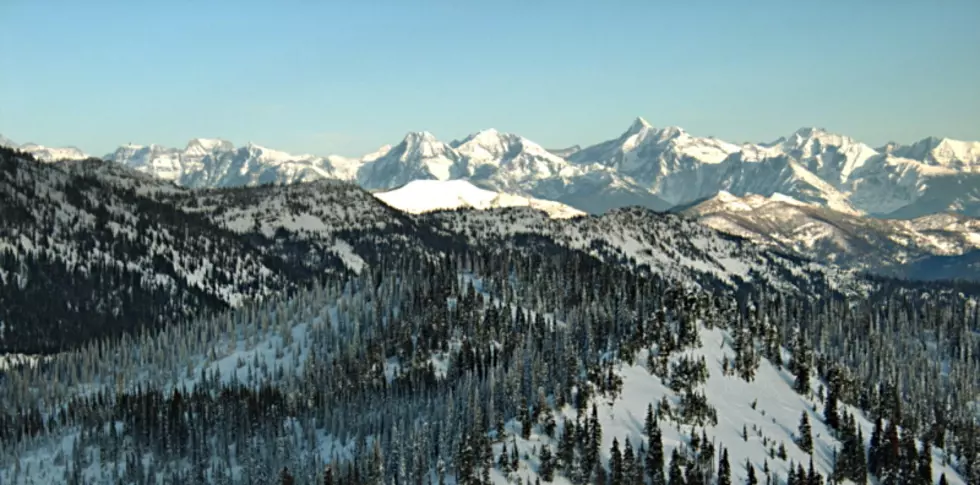
Montana Wilderness Association: Flathead Forest Plan a win for wilderness
The U.S. Forest Service recently completed a new management plan for the Flathead National Forest (FNF) that will guide decisions on the forest for the next 20 to 30 years. The plan addresses a dizzying array of management issues – including municipal watersheds, wildlife habitat, protected lands, outdoor recreation, and much more – over 2.4 million acres that cover the Mission Mountains, the Swan Range, and the Whitefish Range.
Those of us in the conservation community have focused our attention on the places the FNF plan recommends for wilderness designation. This recommendation means the Forest Service will protect these places until either Congress designates them as wilderness, or at least until the agency completes its next FNF plan.
The FNF plan represents a vast improvement over the previous plan, which recommended around 98,000 acres for wilderness. The new plan recommends over 190,000 acres, nearly double the previous recommendation. That increase is worth celebrating.
The plan is by no means ideal for conservationists. Wilderness-worthy lands such as Bunker and Sullivan Creeks and low-elevation, critical habitat adjacent to the Mission Mountains Wilderness did not, unfortunately, receive the Forest Service’s wilderness recommendation. The Jewel Basin recommended Wilderness was reduced in size under the new plan, a significant loss for a landscape that would have been designated wilderness had President Ronald Reagan not pocket-vetoed the 1988 Montana Wilderness Bill.
Nonetheless, wild and critical landscapes such as the Swan Front and over half of Jewel Basin are now protected as recommended wilderness, as is the northern Whitefish Range, which was not recommended for wilderness in the previous plan.
Also worth celebrating is the plan’s dedication to protecting the wilderness character of these areas – by allowing foot and horse travel only. This will greatly improve the chances that Congress will eventually designate these areas as wilderness.
As with any forest plan, the Flathead plan reflects the agency’s mandate of managing public lands ‘for the greatest good for the greatest number of people in the long run.’ To achieve that mandate in the FNF plan, the Forest Service had to strike a balance, taking into account the best available science, the changing needs of the communities that depend on the forest, and tens of thousands of public comments.
Thousands more people, including proportionally more mountain bikers and motorized users, use the FNF than they did in 1987, the year the previous FNF plan was released. We believe the new FNF Plan provides a balance and responds well to the variety of public interests.
One common misperception around forest planning is that it is something like an election, whereby a submitted comment equals a vote. If this were the case, a single form letter submitted with a simple online click would hold the same weight as a unique letter with helpful, substantive comments that the submitter took the time to write herself. It may also mean that certain user groups benefit more than others simply because they were able to get more people than other groups to click on an online form letter.
In light of our currently divisive socio-political landscape and the increasing recreation pressure on public lands across western Montana, we are proud of the Flathead Forest Plan and pleased that the Forest Service will manage 190,000 acres of wildlands in a way that will help ensure those lands remain wild.
Chris Ryan spent most of her 35 years with the U.S. Forest Service in wilderness management, including serving as wilderness program manager for the Northern Region. Kathleen McAllister worked for the USFS for 33 years before retiring in 2008 as the deputy regional forester, Northern Region.
